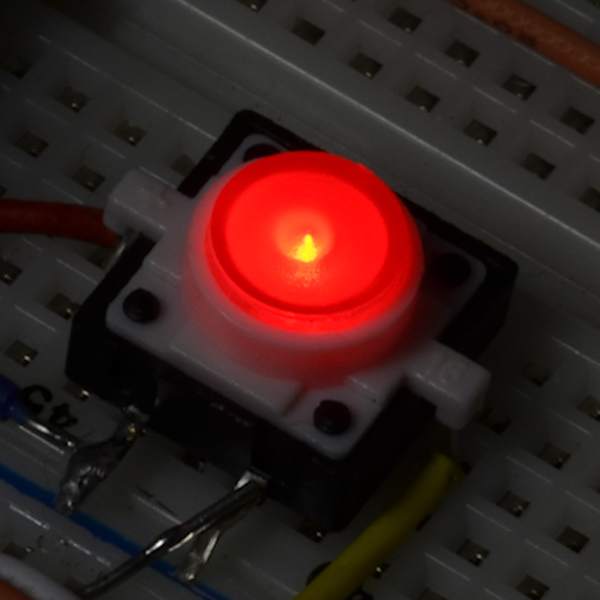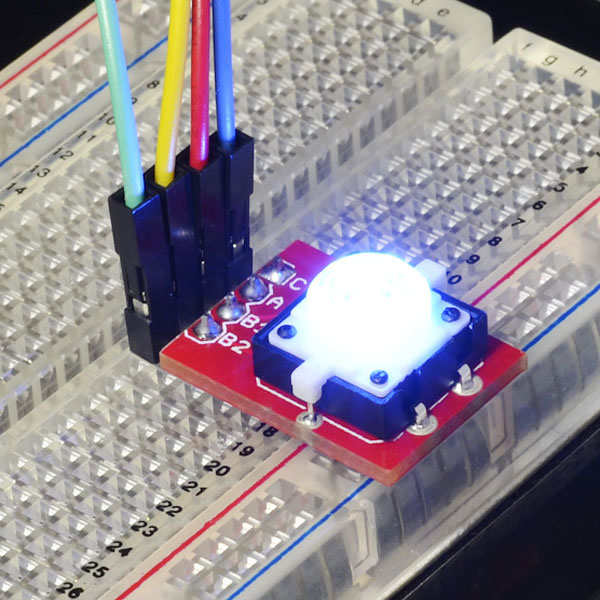Hello!
As the topic subject asks, "Can a Netduino model 1 power external logic directly?". I've a new design taking shape, and whilst I know that when running a device via USB to program it, the answer would be "No.",but what happens afterwards?
This would be ordinary TTL stuff, circa 1980.
Incidentally I've successfully mounted it inside a "Project Enclosure kit" from Radio Shack. Plus a prototyping shield as designed by Makershed.



 Find content
Find content Male
Male




